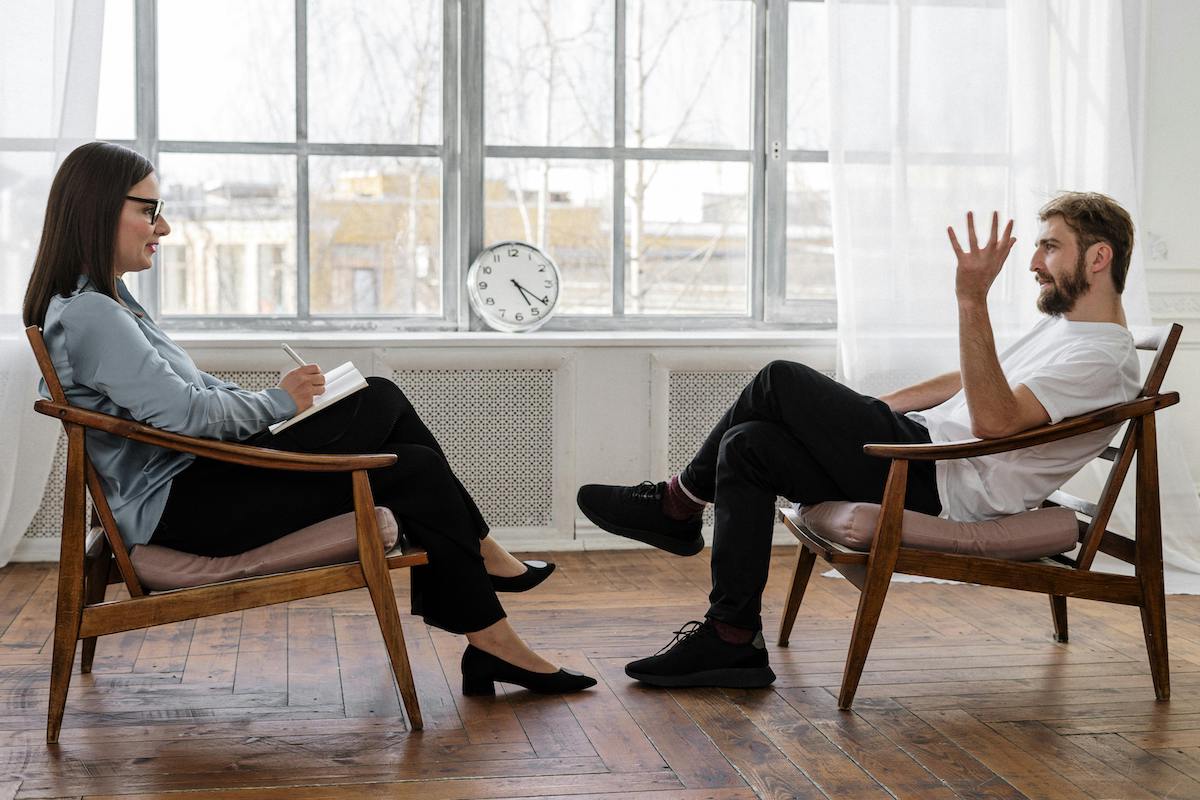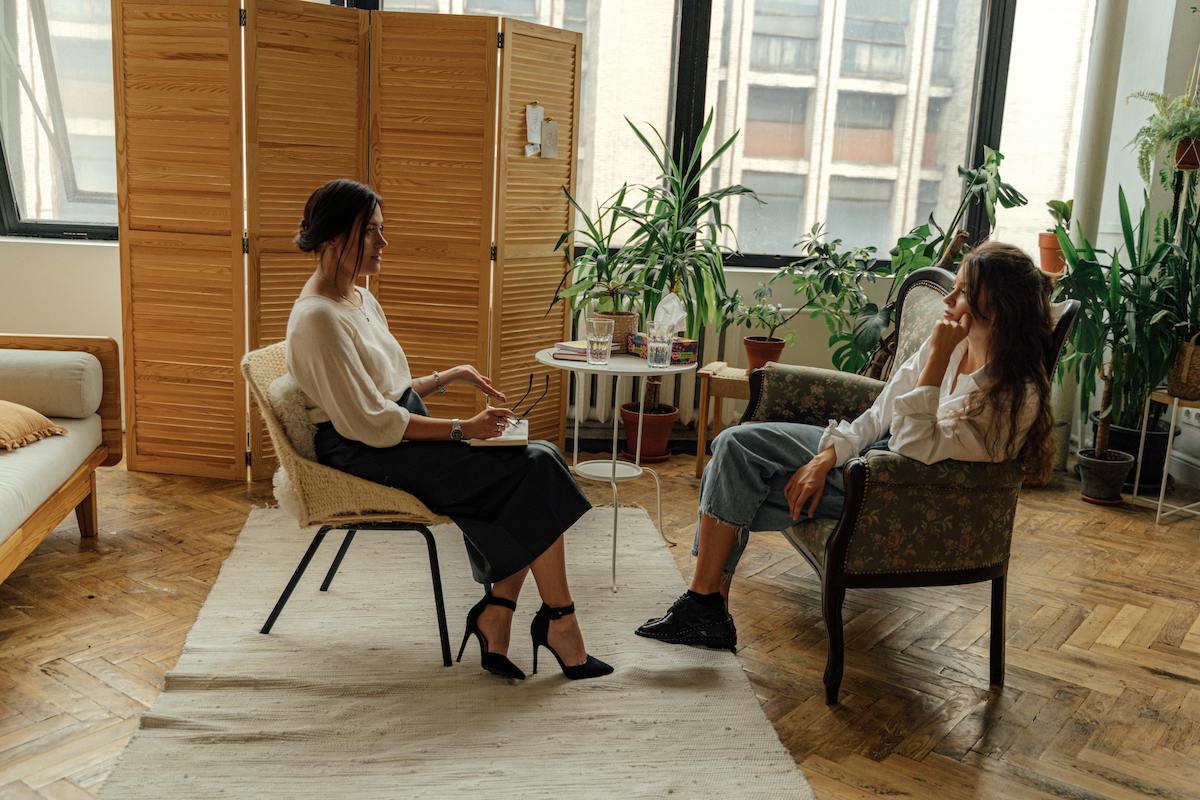You want things to get better…but your partner won’t go to therapy.
Maybe they think it’s unnecessary. Maybe they’re scared. Or maybe they’re just not ready.
So now you’re wondering: Can I go to couples therapy alone?
The short answer is yes, you can. And in many cases, it will help more than you think.
In my work as a couples therapist, I see this all the time—one person steps into therapy alone, hoping for change, clarity, or simply a place to process. And it makes a big difference. It gives one partner space to reflect, regulate, and understand their role in the dynamic.
However, going alone also has limitations, and there are certainly relationships where solo therapy isn’t enough, especially when the real work requires both people in the room.
Here’s when going to marriage counselling/couples therapy alone can really help your relationship, when it might fall short, and how to invite your partner to join without triggering defensiveness or shutdown.
When Going Alone Makes Sense
There are plenty of reasons people start couples work solo. In many of those cases, it creates real momentum because one partner begins showing up in the relationship with more clarity, boundaries, and presence.

If your partner refuses therapy, that doesn’t mean you have to stay stuck in the same fights and patterns. Here are a few situations where solo therapy can be worthwhile!
Your Partner Refuses Therapy
This is the most common reason people come to marriage counselling without their spouse.
You’ve asked, maybe more than once. But your partner says no.
You start without them instead of waiting for them to get on board. Therapy becomes a place to process the relationship, understand what’s keeping you stuck, and figure out what you need, whether or not they ever join.
You’re Unsure Whether to Stay or Go
Not all relationships come with a clear answer. You might still love your partner, but feel disconnected or emotionally exhausted. Solo therapy offers space to sit with that ambivalence and understand where it’s coming from.
Deciding whether to stay in a relationship or leave requires being incredibly honest with yourself, so whatever you choose, you choose it from a place of clarity, not crisis.
You’re Recovering from Betrayal
Going to therapy alone after infidelity (or any major breach of trust) gives you space to make sense of what happened. The therapist can help you accurately see the story of the betrayal and understand how it impacted your sense of self, safety, and identity inside the relationship.
Maybe you’re questioning your worth. Maybe you can’t stop replaying the moment you found out. Or maybe you’re numb, unsure what you feel at all.
In solo therapy, you get to start putting language to the pain. You get to understand what you need to heal, whether that means separating or staying and creating new boundaries to move forward.

You Want to Improve Your Own Boundaries or Communication
Sometimes the relationship isn’t in crisis, but you are aware that you are repeating patterns or certain actions that are causing pain. You want to stop snapping, shutting down, or second-guessing everything.
Therapy gives you tools to manage triggers, speak more clearly, and stay grounded even when things get tough at home.
You Hope to Invite Your Partner Later
Many clients start therapy alone with the hope that their partner will eventually join. That’s a valid approach. By beginning the process yourself, you’re setting the tone for change. And if your partner sees that you’re doing the work, they might feel less threatened—and more open to joining in.
When Solo Therapy Might Not Be Enough
Going to therapy alone is not a substitute for relational work, and some unhealthy relationship dynamics simply need both people in the room.
It’s common to hope that your partner will “catch up” once they see the progress you’re making. And sometimes, that happens. But not always. You may grow in ways that shift how you think, feel, and relate—and your partner might stay exactly where they are.
That gap can create even more tension, especially if you expect them to change without doing the same internal work, or you gain clarity about what you want the relationship to look like, but your partner is not on board.

Therapists sometimes call this being “empowered out” of your relationship. You become clearer, more self-aware, and more attuned to what you want—and suddenly, the way things have always been becomes intolerable.
It’s also difficult because you’re only working with one side of the story.
Even the best therapist can only work with the perspective in front of them. Without your partner in the room, your therapist doesn’t get to witness how the two of you interact in real time.
This is especially important if the therapist isn’t trained in systems thinking. In couples work, it’s actually less about who’s right/wrong and more about how each person’s behaviour affects and is affected by the other.
How to Ask Your Partner to Go to Couples Therapy?’
In a perfect world, both partners would be equally open to therapy. But if you feel more open to the process than your partner, here are some tips to ask your partner to reconsider counselling with you without triggering defensiveness or shutdown:
1. Use “I” language, not blame. Instead of saying, “You never listen, we need help,” try: “I’ve been feeling disconnected, and I’d really like us to talk to someone who can help us understand each other better.” Framing therapy as a shared investment makes it easier for your partner to hear you.
2. Normalise the idea of support – You can say something like, “We go to doctors for our bodies. Why wouldn’t we get help for our relationship?” For many people, therapy still carries a stigma. Framing it as smart, not shameful, can soften resistance.
3. Emphasise curiosity, not crisis – If you wait until things fall apart, therapy can feel like a last-ditch effort. Instead, invite them in with curiosity: “People go to therapy for all types of reasons. Would you be open to exploring this with me, just to see what we learn?”
4. Reassure them about the process – Sometimes people resist therapy because they fear being blamed or ganged up on. You can say, “I’m not looking to prove I’m right. I just want us to understand each other more clearly.” Reassure them that a good therapist won’t take sides—they’ll help both people feel heard.
So, Should You Do Marriage Counselling Without a Spouse?
You don’t have to wait for your partner to change before seeking help.
Solo therapy can offer insight, clarity, and emotional growth. Even if it starts with just you, the impact can often reach both of you.
If you decide to go alone, expect the focus to be on your experience of the relationship—how you regulate your emotions, communicate your needs, and hold your boundaries. You’ll gain tools for healthier connection, and perhaps just as importantly, you’ll gain clarity.
That clarity might lead to reconnection. It might lead to a healthy, intentional exit.
Either way, you’ll be making decisions from a place of self-awareness, not reaction.
BOOK A FREE 20-MINUTE CONSULTATION CALL